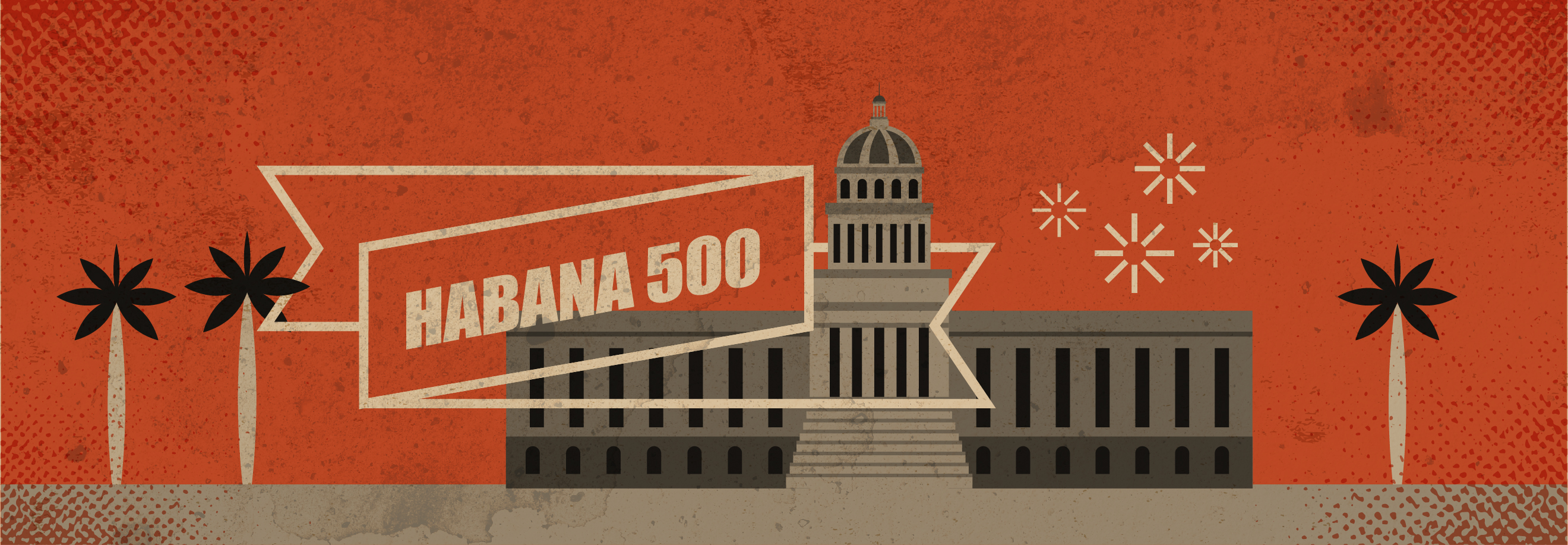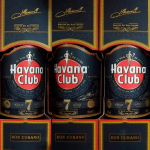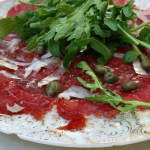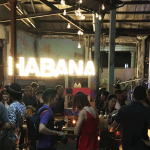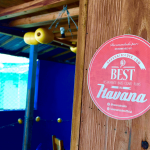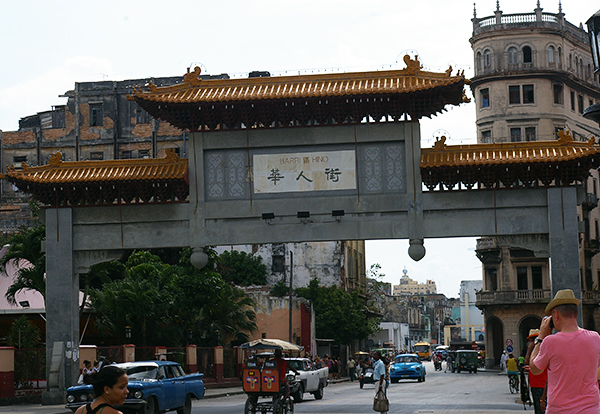
The Chinese immigrants were first brought to Cuba to work as laborers in the sugar plantations in mid-19th century after the abolition of African slavery. By the early 20th century, the country’s Chinese community had quickly grown into one of the biggest in Latin America.
Although most Chinese assimilated into Cuban society and scattered around the country, the Chinatown in Centro Havana still remains a draw for many. Marked by a conspicuous Chinese paifang, or gate, the neighborhood is a bustling hub of Chinese restaurants, grocery stores, and theaters. The quarter has one quite authentic Chinese restaurant called Tien Tan, or Temple of Heaven in English. Some of the area’s street names are heavily affected by Chinese characteristics such as Calle Dragones (meaning Dragon Street in English). During Cuba’s independence movement, many Chinese fought along side with Cubans and their contribution is remembered by a black granite column in the quarter. Many traditional Chinese traditions are still cherished and celebrated here. Dragon dance in the neighborhood has become an annual event in Havana to mark the Chinese Lunar New Year.



